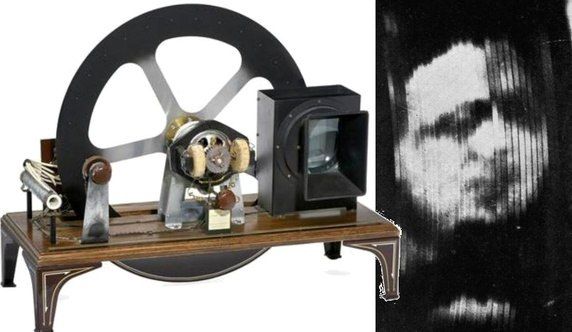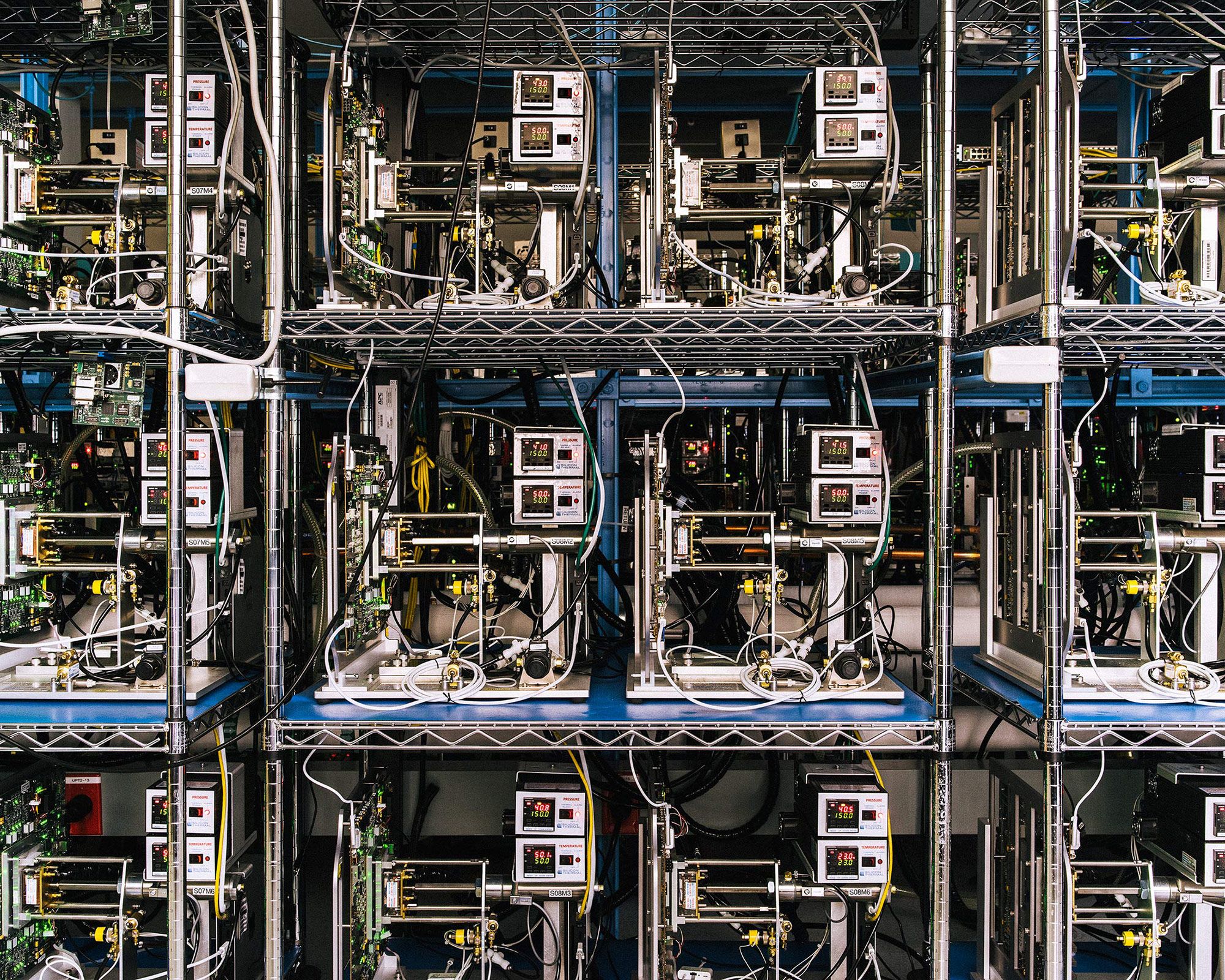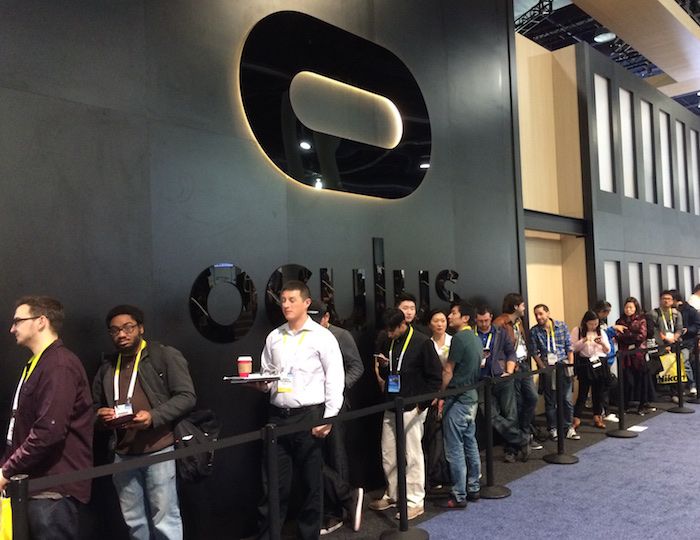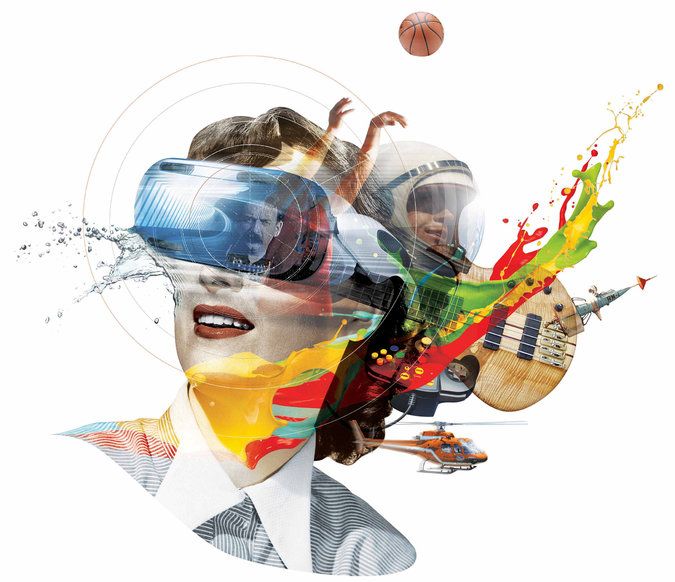No matter how cheap or fast paid internet service gets, the Internet of Things (IOT) won’t take wings until we have ubiquitous access to a completely decentralized, open-standard network that does not require a provider subscription. This month, we may be a step closer.
Let’s talk about internet connected gadgets. Not just your phone or PC—and not even a microwave oven or light bulb. Instead, think of everyday objects that are much smaller and much less expensive. Think of things that seemingly have no need to talk with you.
Now think of applications in which these tiny things need to communicate with each other and not just with you. Think of the cost of this “thing” compared to the added cost of continuous communications. Do so many things really need to talk in the first place?
First, there were Trackers…

Have you tried one of those tracking devices that help you find a lost bicycle or wallet? Tile is the most visible brand. They offer trackers shaped like dog tag, a fat button or a credit card. They recently began offering users the ability to replace the battery. In the past, you had to buy new trackers every year.
Trackers are useful, but connectivity is either…
- Very expensive: Each devices requires a mobile phone data plan
—or— - Intermittent and short range: Tile uses Bluetooth and relies on a community of owners to “pick up” on your lost or stolen object. This only occurs if another user stumbles into close range range and with their Tile app active on a mobile phone.
Tile was cool in its heyday, but that day is passing as we transition into the Internet of Things (IOT). It took me a few years to fully embrace the need for an internet of “things” or how it differs from the internet that we use every day. In an effort to more quickly bring about your own Ahahh! moment, consider just one example.
The Chandelier (an example with apologies to Sia)
Consider a huge chandelier across the domed ceiling of a grand opera house. It has 85,000 tiny LEDs that can throb and pulse during animated light shows. Each individual light is replaceable—only 10¢. But getting a scaffold and a maintenance crew to the 50 foot dome takes 6 hours and costs almost $500.
Every month, one or two of the tiny lights go dark (or get stuck on the wrong color). Fortunately, expensive maintenance can be delayed. A few bad LEDs cannot be seen from the auditorium below. They are only a problem when many lights go dark:
a) More than 2% of bulbs —OR—
b) More than 8 bulbs in any cubic region of 250 LEDs —OR—
c) More than 3 bulbs positioned at a critical juncture of special-effect animation
d) Any LED programmed to be green for more than 250 mS during the Disney Little-Mermaid animation
These minimum operating conditions may sound complex, but they were determined at the time of installation by a meticulous trial with a focus group and survey forms. Dozens of volunteers looked up at the chandelier and watched several programmed light shows.
Trying to count faulty lights and measure them against these criteria before each performance is nearly impossible. Should we chuck these standards and just leave the maintenance decision in the hands of whomever is managing the facility each night?
No. Standards are good. There is a better way.
Imagine if all the little LEDs could communicate with each other and generate a weighted vote as to whether maintenance is required. Now, imagine that the added circuitry to communicate between LEDs—and even to managers and maintenance staff—cost no more than the LED itself. Just pennies for the circuit. No communications infrastructure or subscription is needed at all.
This example may seem a bit extreme, but it is taken from real life, and a perfect example of the Internet of Things. This is just the beginning. As IOT takes off, a connected society will venture far beyond Bluetooth trackers into applications that we cannot yet imagine.
But how will the internet things be connected—especially if so many devices are tiny, inexpensive and portable? We cannot expect every dog collar and portable asset to have a mobile subscription plan and an IMEI/MEID.
And short range tracking (like the Bluetooth Tile) is not too helpful for keeping tabs on your dog when he gets off leash. Or perhaps you want to track an asset that is less precious—for example, a soccer ball. You don’t just want to find it, you want to study game dynamics as it is kicked across a field. What about your favorite earrings? They belonged to your great grandmother. Imagine that they could never be misplaced. With IOT, everything possible. Apps and benefits are heading toward us like a freight train.
IOT doesn’t require 5G speed, but to be truly transformative, it requires ubiquitous, low-power and free connectivity. Coverage must be thorough, at least at a community level.
Do We Really Need IOT?
You bet we do! Just envision possibilities.
With miniaturization and the rapidly dropping cost of electronics, there are some tiny or inexpensive things could benefit greatly by constant connectivity. Today, my washing machine and air conditioner are WiFi enabled. Connectivity is even built into light bulbs.
But early connected smart home gadgets are designed primarily to talk within a home. When traveling, you might want an alert if water is leaking into the cellar. But let’s face it: When at the office or on vacation, most people don’t care to dim the kitchen lights or know when a load of laundry is ready for transfer to the dryer.
This is starting to change. Gadget makers all over the world are preparing for an era of remarkable information and utility that will emerge when devices communicate not just with their owners, but with each other. When tiny things can talk, a world with free, ubiquitous and redundant connectivity, will bring unexpected and remarkable benefits.
How to Get from Here to There?
All this requires simple, free and ubiquitous wide area networking. Most analysts expect that the brave new world will take wings until a popular, widely deployed internet access method emerges—one that does not require a service provider.
Does free internet access, with community wide coverage and a sustainable business model exist?
Enter the people’s network: The Helium hotspot. With a splashy adoption campaign, it is positioned to be the first successful mass-deployment of a very long range, low power signalling standard. If successful, Helium could jump start a category of access and coverage that is just what is needed for the next big thing.

The Helium hotspot, is a crossover between a residential router, and community internet access. Most importantly, it disintermediates the process. No ISP? Don’t worry! It is not required to get into the game and to enjoy significant benefits.
I think of Helium as Rooftop Communications on steroids (an early community mesh network that was way ahead its time). If 5 or more individuals in a typical city set up their own hotspot, every user enjoys shared community access to the Internet—even if only one of participant has internet service. In fact, a bridge to the legacy internet is not even an issue to access resources and data within the community. Every town service, store, event, school and library is online without anyone having a paid subscription to any service provider.
Helium is just beginning to roll out across the world. Early adopters acquire a Helium hotspot and they effectively “own” their city. At first, it works at moderately low speeds and over very long distances. Only a few are needed to kick start a city. When 20 or 30 residents join the party, network speed, coverage, consistency and overall utility become compelling. Not 5G or 4G—but capable of servicing critical needs on the go or as a back up method of Internet access. When this clever IOT network gets traction, it will eventually service most internet needs other than video.
Helium is the first Consumer product to use the low-power LoRa radio standard (Helium calls it “LongFi”). User owned Hotspots form a super mesh-network that the company hopes will cover entire continents. Unlike your router or smartphone hotspot, with Helium, there is no ISP or cell tower. Your neighbors are your peers and your entry ramp to the internet for services that are still on a legacy, subscriber network.
Enter The Blockchain: Seriously—Adoption It is token powered!

As if this weren’t exciting enough, Helium adoption is powered by a blockchain—like Bitcoin. No kidding!
Don’t let this deter you from testing Helium and taking control of your own city. Regardless of your opinion on Bitcoin and crypto, the blockchain is a clever lever to incentivize and reward adoption.
Helium hotspot ads are everywhere, but the first LongFi router is not cheap. Buyers are investing in the long game. Early adopters won’t find immediate value in hosting other users, but you will be amply rewarded as the technology is adopted. Hence, a blockchain token reward mechanism. The Helium reward token a functional cryptocurrency token. Some call it an Independent Coin Offering (ICO). Whaaat?! Hold on! Aren’t ICOs rip-offs?…
I have broad contempt for ICOs (they are all scams!). This fervent opinion forced me to carefully evaluate my enthusiasm for Helium. It almost led me to abandon research and look for an alternate long-range, decentralized communications ecosystem.
But the blockchain does not necessarily make for a bad actor. A functional token with no underlying pyramid scheme is not an ICO. It is a clever mechanism to encourage viral adoption of a chicken-and-egg technology; one that offers enormous public benefit.
Technology Application & Business Model

LoRa can achieve competitive web access speeds at 1~3 Km. Helium hotspots will more likely have mesh-hand-off spacing of 15~20 Km at first. This results in a signal of 5 kbps or less. Depending on how effective are the hotspot and hand-off incentives, Helium may ultimately compete with sky-based WiFi, satellite schemes or community WiFi as a free moderate-speed, internet service.Helium is intended for IOT devices, but can also be used as a last mile layer for user Internet access. During the early build out of infrastructure in any region, it is clearly optimized for low speed IOT communications.
Conclusion:
Helium doesn’t completely satisfy requirements that we set forth in the very first paragraph above. I assume that it uses a proprietary standard to poll and packetize data. (I am not sure of this. Perhaps someone working with the project reach out with a clarification). And at $495 for a long range, low power Helium hotspot/router, it may be a bit early for all but the most bold entrepreneur to experiment with Helium. If you don’t live in a large and densely populated urban area, you are unlikely to find many peers with whom to share spectrum, data and gateways.
But if you open your mind to the possibilities: tools, gadgets and services that can benefit from private networks or municipal infrastructure that was previously the exclusive domain of town governments, railroads and first responders… If you can imagine these things—or a profitable role in accommodating these things—then a personal Helium Hotspot may be in your future.
I plan to jump in with both feet. I will be shaping my career around Helium. It’s a bit early, but that’s the whole point. For me, it is a gamble worth taking.
Related:
Philip Raymond co-chairs CRYPSA, hosts the Bitcoin Event and is keynote speaker at Cryptocurrency Conferences. He is a top writer at Quora.










